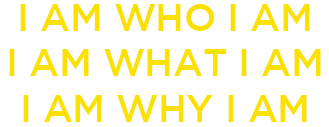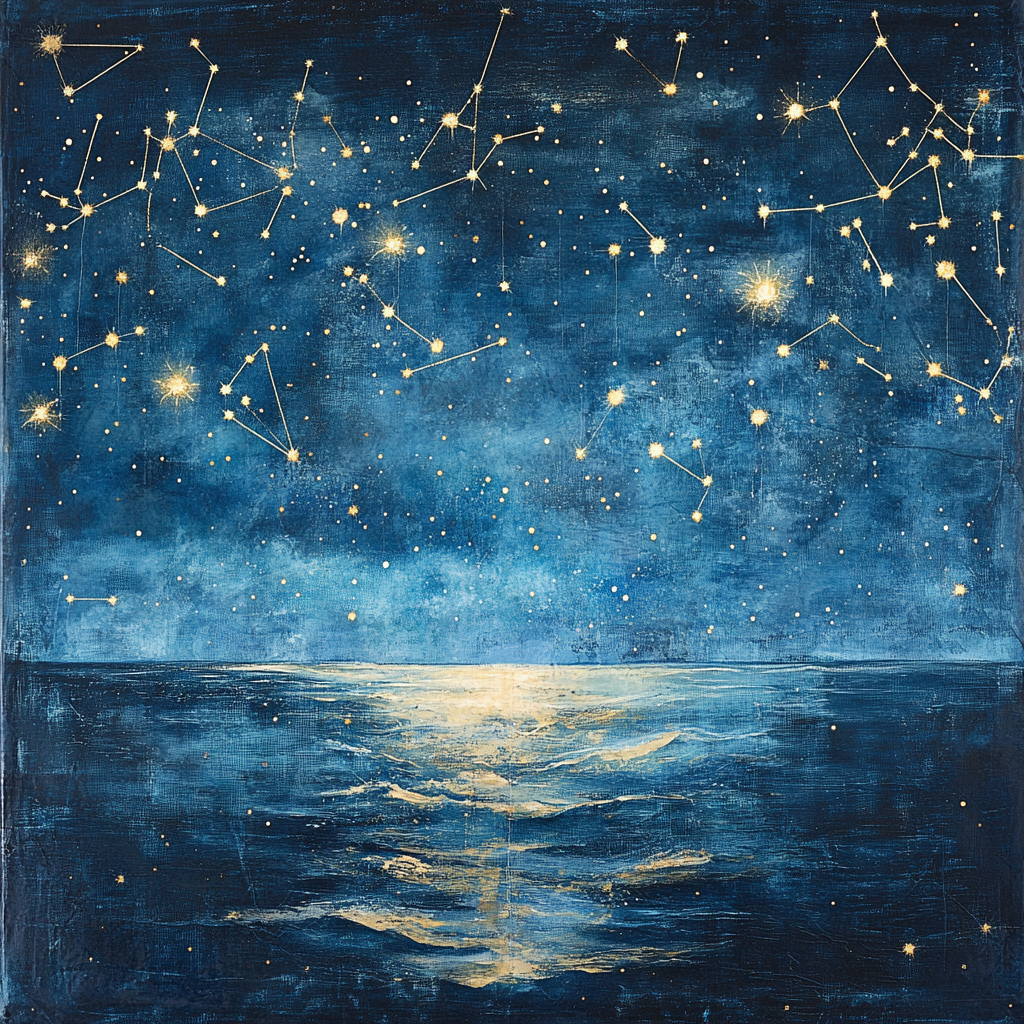12 Jan Kotodama 88
The void is devoid. Not nothing, the absence of things....
09 Jan Way Of Way 232
We are born as a flash of light in a dark theater. Soon enough, the light transitions into a movie among many movies playing simultaneously. Family, friends and others beckon us to play roles in their movies as we invite them to play roles in our movie. We assume many different roles as actors in various movies. The roles and our emotional reactions to circumstances define our experience in life. It all seems very real. Yet, when the theater lights break the darkness, we realize our lives were just a two-dimensional illusion, a movie. Knowing we are just watching a movie, we can enjoy it as it is, suffer little regardless of our roles and circumstances and realize we are still alive after the movie is over....











